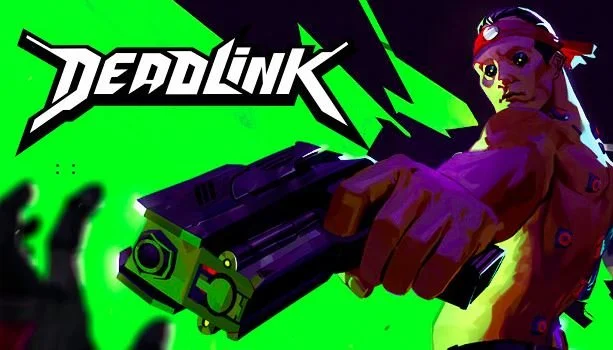'Early Access' is Meaningless
Unfinished Business.
“Early access” is a term most gamers are familiar with. For many it’s a warning sign, which gives a lot of information in just two words. Early access means unfinished and gamers should expect bugs, crashes, and a lack of content. Frequently it also communicates, “We need money” in order to make the game feature complete. Whether early access is a good thing or a bad thing is irrelevant. What is relevant is how it has changed the gaming landscape to the point where the term has lost its meaning.
Back in 2009, the idea of wilfully paying to play an unfinished game was unheard of. Most small gaming projects were made to play in one’s Internet browser, and you certainly didn’t pay for the privilege. Then a little game called Minecraft shows its face. Minecraft changed the industry in a multitude of ways. We all watched as games were willing to have low quality or stylised graphics, every game had to have crafting, and suddenly survival games were everywhere. In a much bigger way, it introduced the gaming world to early access.
As a small development team, Mojang began offering their game in its very unfinished state for around $15 after conversion. The rest is history. People from all over the world threw their money at the company, leading to billions of dollars worth of success. It took a little while after Minecraft’s full release in 2012 before the rest of the industry followed its example. In 2013, Steam announced it would be launching a digital storefront exclusively for early access titles. Early access has even made its way to consoles in the form of Xbox One’s Preview program.
Early access has seen mixed results in terms of success. Financially there are several high profile games that made their respective developers millionaires. Wildcard’s Ark: Survival Evolved, Bohemia’s DayZ, and Cloud Imperium’s Star Citizen are just a number of games that sold millions of copies. Critic and fan reception is an entirely different beast for early access. All three of the games I mentioned have had massive fan backlash over the course of their development. Wildcard was heavily criticized for releasing paid DLC while its core game was still in early access. Bohemia was criticized for the massive amount of time DayZ spent in early access. DayZ was released through Steam’s early access program in late 2013 only to finally be “released” in late 2018, and even then it was missing many key features in the original development roadmap.
Star Citizen is certainly the poster child for extended development cycles. The space-faring RPG has been playable for several years after its initial reveal in 2011 and shows no signs of reaching 1.0 release any time soon. Not including game sales, it has recently passed the milestone of over $200 million in crowd funding. I’m making no critique on the practices at play in early access programs. Game development is a time consuming, expensive, and unpredictable art form. Star Citizen and its developers aren’t comfortable yet with the games state to call it feature complete and that’s fine, but the early access idea has made its way into the AAA gaming space and not in a transparent way.
Over the last five-plus years, some of the most common blockbuster games have been what is referred to as “games as a service”. Titles such as, Destiny, The Division, and Anthem are the most popular. All three of these games had massive development budgets behind them, and all three of them were heavily criticised for lack of content and poor optimisation upon release. Anthem, being relatively recent, is still suffering from the growing pains of not meeting fan expectations post-release. Both Destiny and The Division had to release both free and paid content expansions before fans considered them successes. Bungie even went so far as to release a sequel to Destiny, but Destiny 2 found itself being criticised for many of the same issues on top of being plagued with micro transactions. The difference between these games and the previously mentioned early access titles is these were marketed and sold as finished products.
Again, I’m making no critique on the practices of these developers or their games. I’m pointing out how the gaming landscape has changed to one where no game is ever really “finished”. With the Internet video games can always be updated and fixed via patches. Unless the developer chooses to leave the game as is, it can always be changed. This makes video games by nature as perpetually unfinished products. I believe the only real difference is whether the developers are open about the state of their game upon release.
This is just my opinion on the concept of early access, and it’s one I’m sure will change as the gaming landscape changes. As the industry stands at the time of writing it feels like all games, whether “released” or in “early access”, are not much different. They are all pay to play and they all continue to change with free and paid updates. I would love to hear from those who disagree with me so please send me a tweet and let me know what you think.






